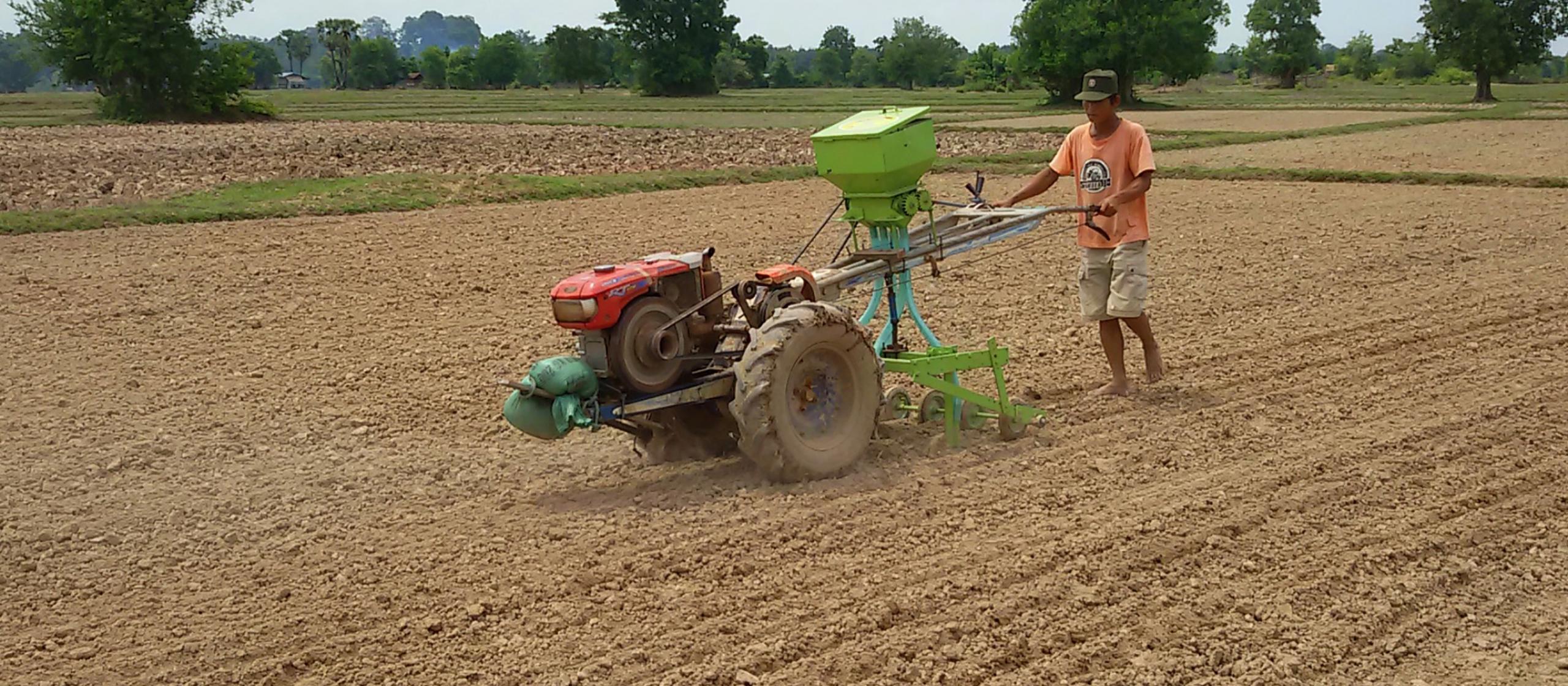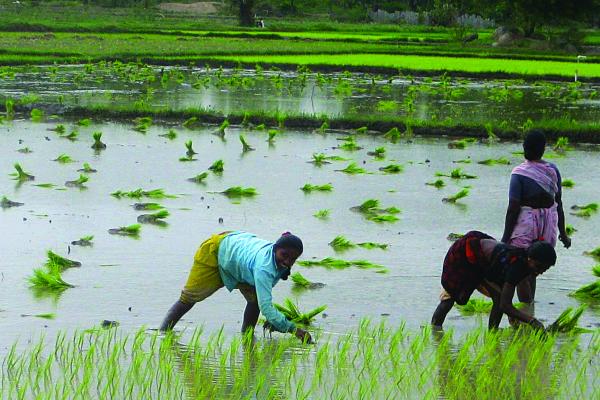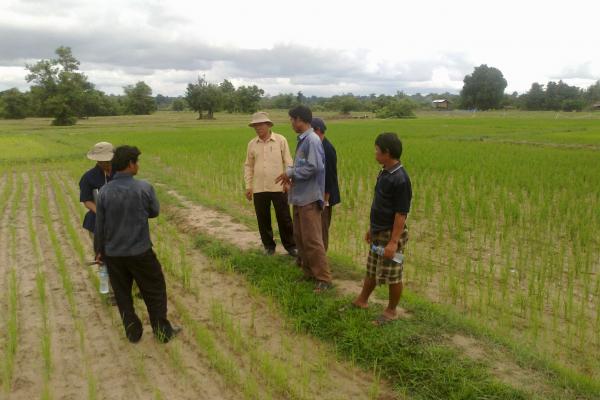- HomeHome
-
About ACIAR
- Our work
- Our people
-
Corporate information
- ACIAR Audit Committee
- Commission for International Agricultural Research
- Policy Advisory Council
- Agency reviews
- Executive remuneration disclosure
- Freedom of information (FOI)
- Gifts and benefits register
- Information publication scheme
- List of new agency files
- Contracts
- Legal services expenditure
- Privacy impact assessment register
- Commonwealth Child Safe Framework
- Benefits to Australia
- Careers
- 40 years of ACIAR
-
What we do
- Programs
- Cross-cutting areas
- Resources
- Where we work
-
Funding
- Research projects
- Fellowships
-
Scholarships
- John Allwright FellowshipScholarships to study in Australia for ACIAR partner country scientists to have Australian postgraduate qualifications
- ACIAR Pacific Agriculture Scholarships and Support and Climate Resilience Program
- Alumni Research Support Facility
- Publications
- News and Outreach
Date released
23 April 2018
Key Points
- A range of initiatives are enabling rice cropping farmers to adapt to climate change through changed seeding and flooding methods.
- Climate Information Centres (CLICs)have potential to reach up to 8,000 farmers in the Indian state of Telangana with knowledge of agricultural climate information.
- Dry seeding of rice has expected gains of $150 (USD) per hectare.
Many Asian countries are overly exposed to climate change, owing to their strong dependence on agricultural activities highly prone to climate variability, along with the reduced capacity of their governments and private institutions to respond to pending threats. The Asian Development Bank and the Potsdam Institute for Climate Impact Research, in a 2017 report A Region at Risk, claim that ‘countries in Asia and the Pacific are at the highest risk of plummeting into deeper poverty—and disaster—if mitigation and adaptation efforts are not quickly and strongly implemented.’ Coastal and low-lying areas are at increased risk of flooding, which in turn increases food production costs. Alarmingly, ‘rice yields could decline by up to fifty percent by 2100 if no adaptation efforts are made.’
In 2008 ACIAR initiated two significant climate change initiatives. The first targeted farm-level adaptation options in Cambodia, Lao PDR, Bangladesh and India (the ACCA project), and a second project focused on the Mekong Delta in Vietnam.
The ACCA project was designed as a four-country project with a total budget of $8.9 m, including $5.5 m from ACIAR. The project engaged 21 partner organisations in the target countries, as well as CSIRO in Australia. Since these two projects, climate change issues have been a component of many ACIAR projects.
Cambodia, Lao PDR, Bangladesh and India were selected because they are particularly vulnerable to long-term seasonal climate variability. These countries risk losing valuable agricultural land or livelihoods through the effects of increased flooding in lowland areas, more extreme weather events and shifts in seasonal weather patterns.
Dr Christian Roth led the ACCA project that aimed to address the insidious threats posed by these changes. Focusing on rice-based cropping systems, solutions were explored through pilot studies and on-station trials for different issues in each target country—adapting exist-ing methods to assess adaptation strategies, developing research capacity, evaluating crop and natural resource management, and informing policies and programs for implementing climate adaptation activities from local to national scales.
Enhancing capacity to adapt
The work in the Indian state of Telangana piloted studies to assess drought risk, the impact of minimal climate information to guide farmer decisions, rapid rural change with significant social complexity, and perceived constraints of agricultural labour.
To empower rice farmers with rich, relevant and free information, a holistic approach to better measure and predict weather conditions combined information from the Rainfall Visualiser tool developed during the project (which charts historical rainfall and provides a predictor of the next season’s rainfall), agriculture-based weather advisory teams, farmer climate clubs and Climate Information Centres (CLICs). These CLICs have been adopted by state and federal government programs and United Nations initiatives for drought mitigation, with potential to reach 8,000 farming households in Telangana.
In south-west Bangladesh, encroaching salinity and lack of irrigation are major constraints to agricultural intensification and adaptation. There is also social complexity around community decision-making and adopting alternative livelihood options like shrimp farming.
Much of the focus in Bangladesh was on developing the APSIM-ORYZA cropping systems model from high-quality datasets, by incorporating a new rice crop and salinity response module, and to explore alternative rice cropping scenarios. Along with social research from villages to determine the capacity of farmers to adapt to changing climate, the project found opportunities to manage and adapt to salinity at the farmer level.
Cambodia benefited from a ‘response farming’ approach in lowland rice areas in the southwest of the country, whereby farmers gained access to a suite of management options to make the most of the cropping monsoon period. These included decisions on the timing of crop establishment, varieties of different duration and tolerance to water stress, double cropping, mechanising rice seeding, and the timing of pest and fertiliser application.
‘The concept of response farming (observing the early season and rainfall forecasts and, using decision-support tools, deciding what to grow) is a useful way for farmers to understand and manage climate variability, which builds their capacity to cope with climate change,’ says Dr Roth.
Dry seeding of rice was the main adaptation strategy explored in the Savannakhet province of Lao PDR, where using a direct seeder results in much faster planting, reduced exposure to early season drought, and reduced labour and costs. The estimated gains compared with traditional transplanted rice are in the order of $150 (USD) per hectare.
Strategic and policy benefits
From local to national levels, the project has instilled a more strategic approach to assessing climate risks and building capacity to implement adaptation plans. Farmers participating in discussions yielded important information about how households farm their rice and the labour shortages they face.
Looking to the future, the projects hope to increase local capacity to observe, interpret and act on weather observations. Research also tested a policy and planning tool, Impredicative Loop Analysis, which compares the relationships and trade-offs between key social and biophysical aspects of climate adaptation. Social and demographic characteristics of farmers are compared to their farming economic situation (e.g. land quality and availability of family labour) to determine whether they can maintain a viable farming system or should seek other employment options to exit from farming.
Dr Roth sees gradual implementation as key to continuing success. ‘A key message from ACIAR’s climate change adaptation work is that incremental adaptation, such as better varieties, good rice agronomy, improved nutrient management, tailored farm practices, and access to information are likely to buffer communities from detrimental impacts of climate changes predicted by 2030. Research and policy efforts aimed at improving rice productivity will most likely be sufficient to achieve this.’





